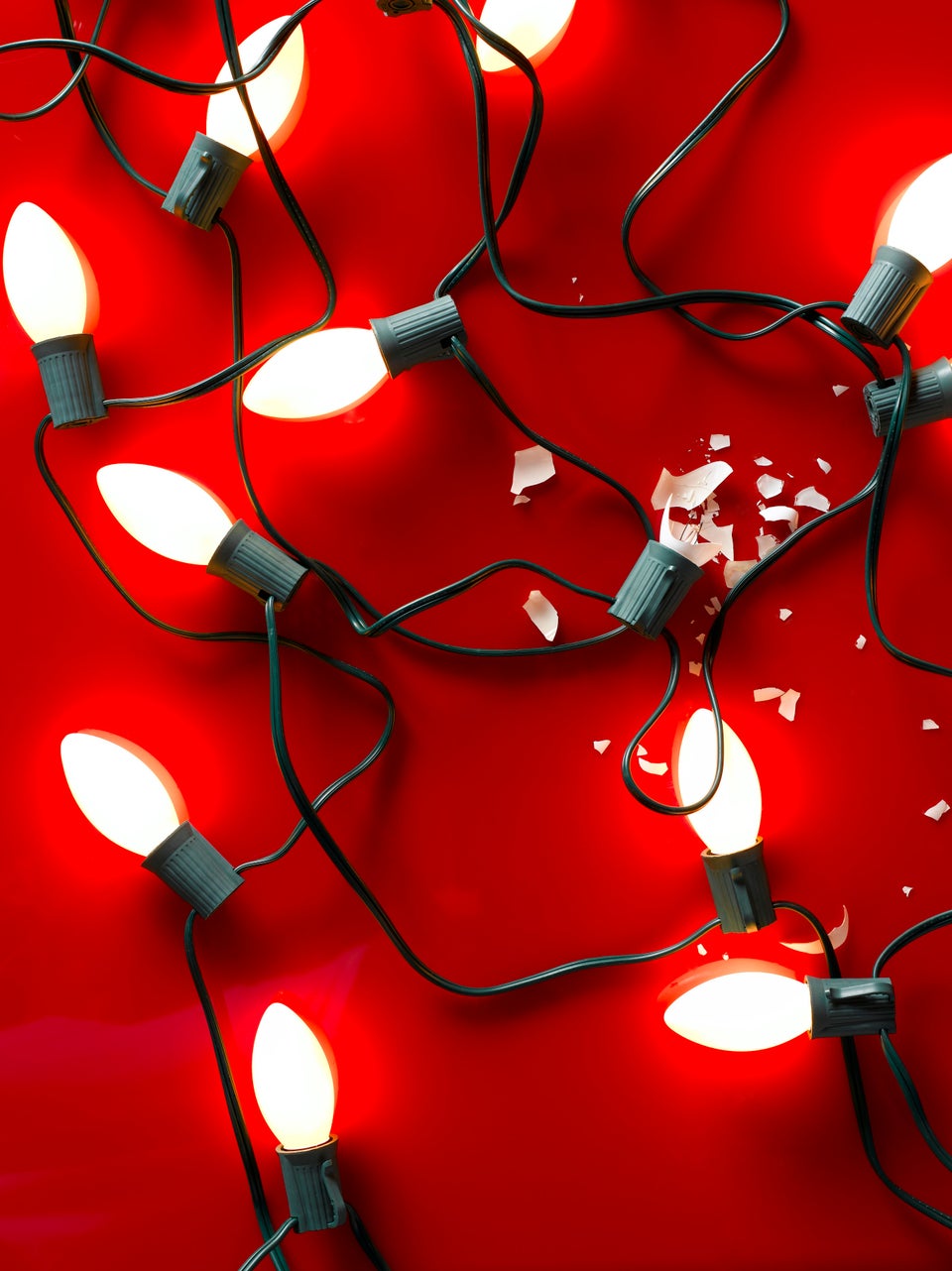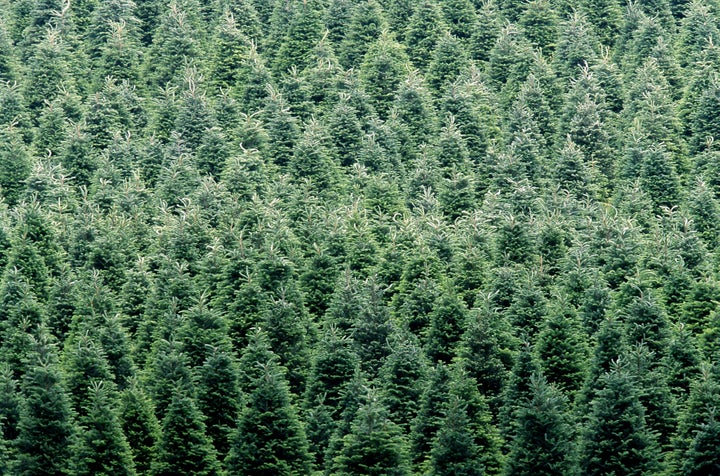
The Christmas tree: it’s a quintessential part of the holiday season. But it turns out not all festive trees are made equal — at least not when it comes to environmental friendliness.
So, which is better for the planet — a freshly cut tree or a fake one?
The short answer, which may come as a surprise to some, is a real tree. But it’s actually more complicated than that.
It ultimately depends on a variety of factors, including how far you drive to get your evergreen and how you dispose of it at the end of the holidays ― and, if you choose an artificial tree, how long you end up using it.
Here’s an explainer on how to make the more Earth-friendly choice this Christmas season:
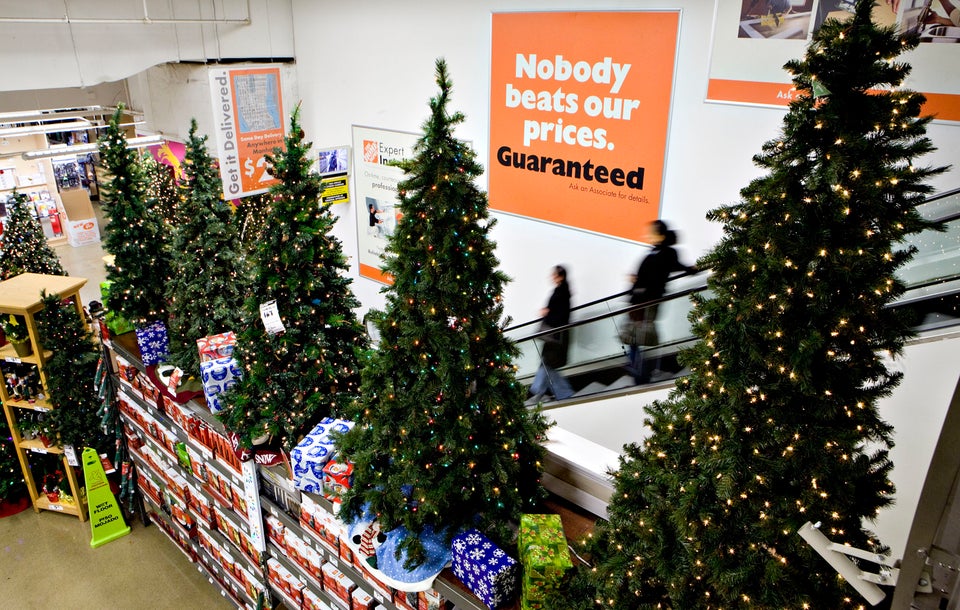
Artificial trees have “three times more impact on climate change and resource depletion than natural trees,” said the study, conducted by the consulting firm Ellipsos.
There are artificial trees on the market that are not made from PVC. Polyethylene plastic (or PE) trees are said to be a less toxic option.
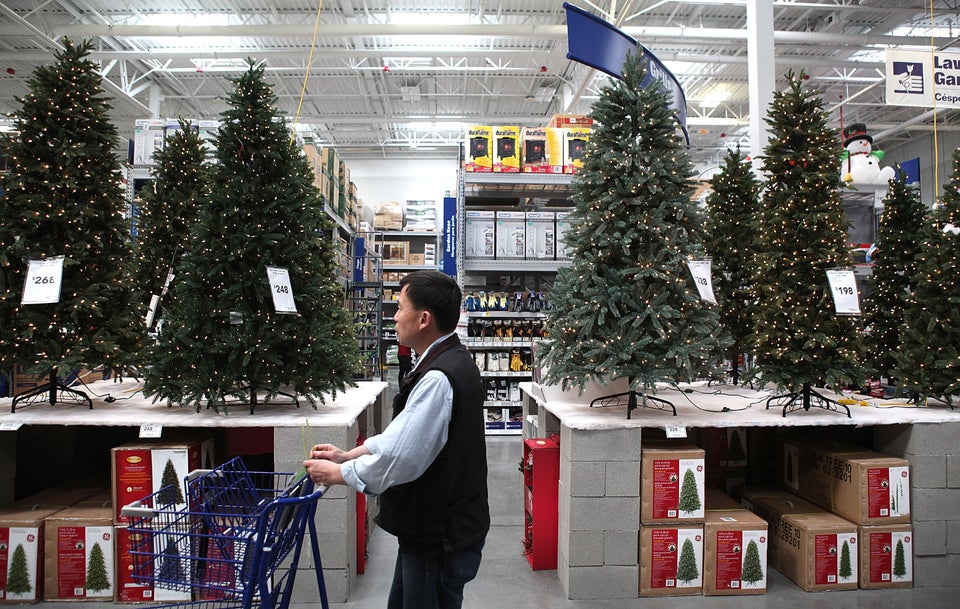
If you're opting for a fake tree, aim to buy one with a "Made In USA" label.
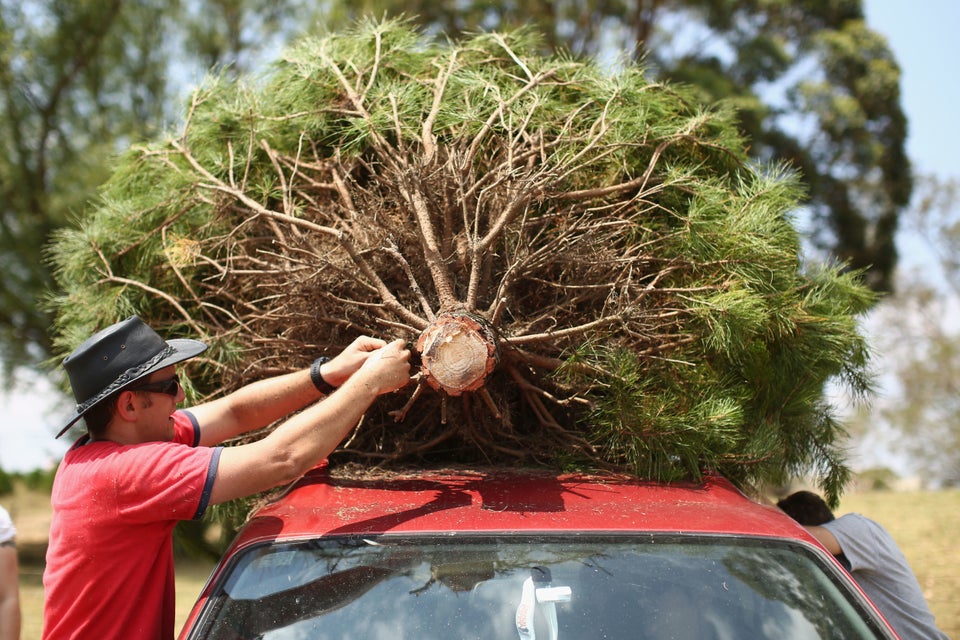
“If you pick up a real tree close to your home or pick it up on a trip you were going to make anyway, the impact of the real tree is almost nil,” Bert Cregg, a horticulture expert at Michigan State University, told HuffPost.
Buying local also means supporting your community's growers and businesses, as well as preserving local farmland.
The Christmas Tree Farm Network maintains a comprehensive list of farms in the U.S., organized by state.
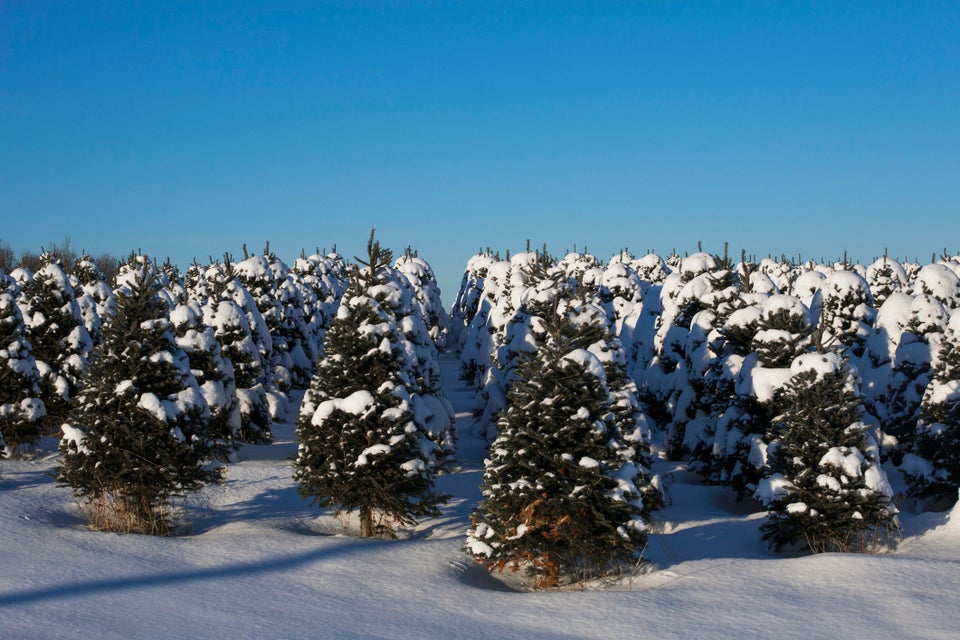
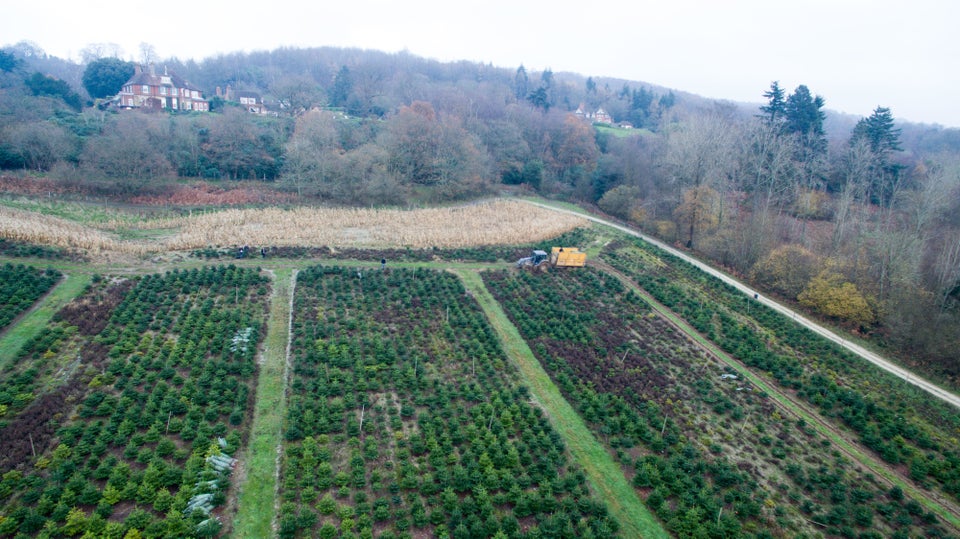
These farms have environmental costs of their own, noted Thomas Harman, who sells artificial Christmas trees. “If you use an artificial tree for 10 years, you need 10 trees, and that is 70 years’ worth of growing trees,” he told Weather.com in 2013. "You have 70 years of water and pesticide consumption."
Researchers say, however, that pesticides aren't actually too much of an issue on Christmas tree farms.
“If you look at the continuum of chemical use in U.S. agriculture, Christmas trees production certainly ranks on the low end,” Cregg told Mother Jones in an earlier interview.
Christmas tree farms can also serve as important habitats for local birds, insects and other wildlife.
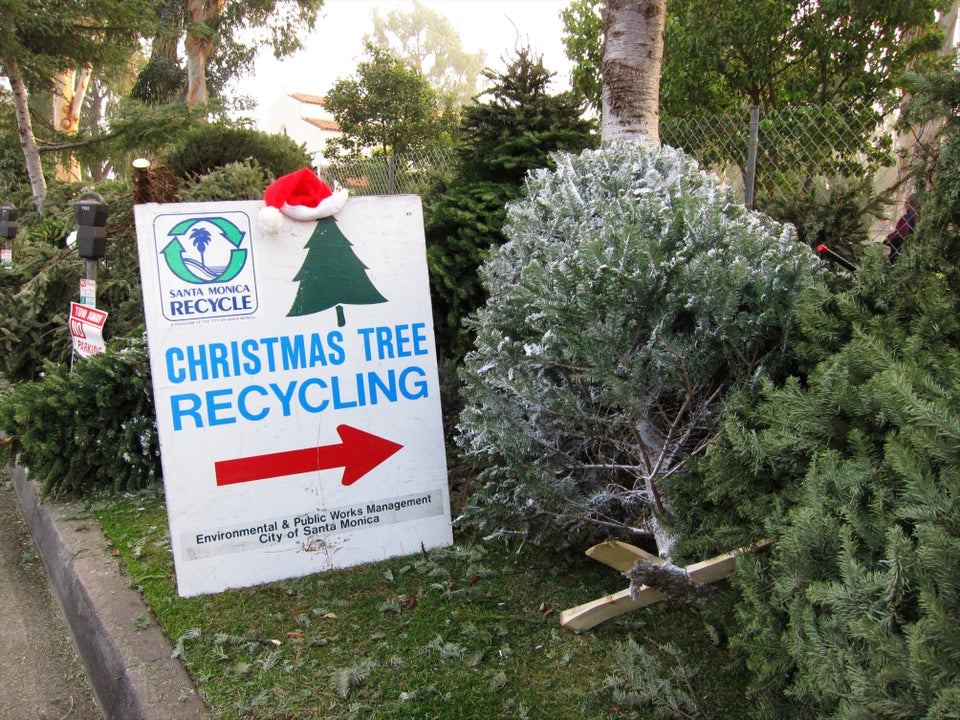
Many towns and cities have curbside pick-up options for recycling Christmas trees, or recycling drop-off centers. Some also offer tree mulching and chipping programs, allowing residents to recycle their trees and take home a free bag of mulch for their garden.
Feeling handy? You can also turn your tree into a DIY project. Create coasters and decorations with the branches and trunk of your tree. Or make some Christmas-scented potpourri.
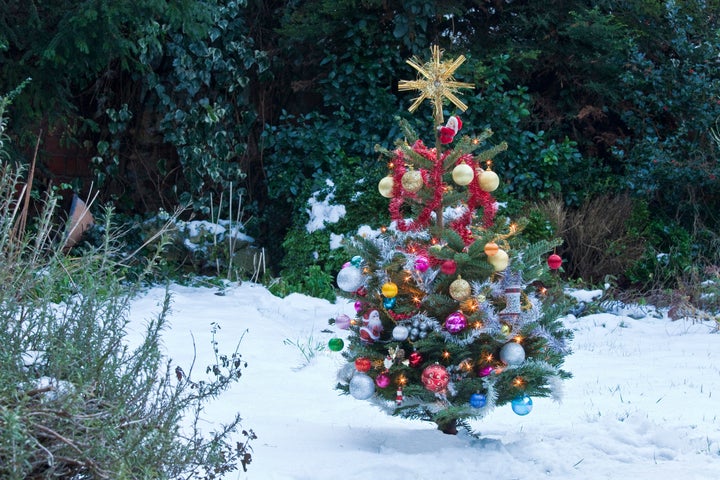
The bottom line
All things being equal, it seems real Christmas trees are better for the health of the Earth ― and of your family. But depending on a variety of factors, either option can be a good choice.
If you have an artificial tree, reuse it for at least a decade and consider choosing a domestically manufactured, non-PVC option. If you want a real tree, get one close to where you live, and recycle or compost it when the season is over.
Real or fake ― which option will you pick this year? Tell us in the comments.

